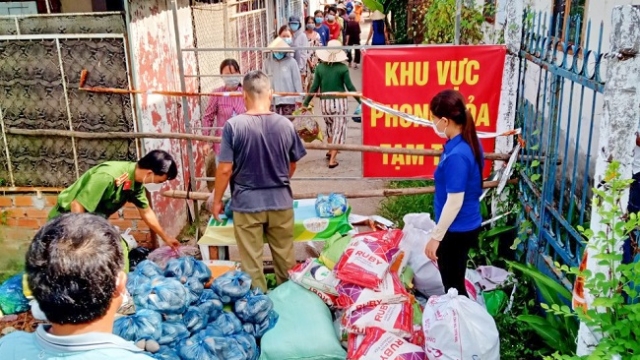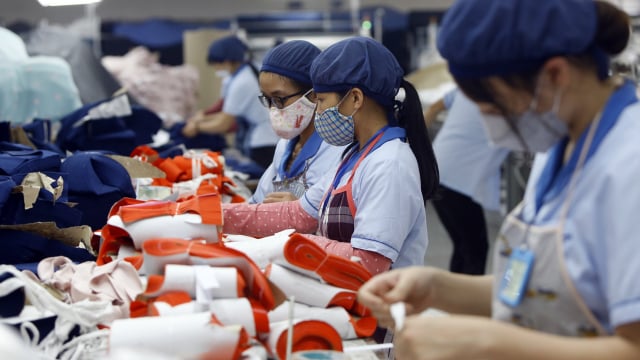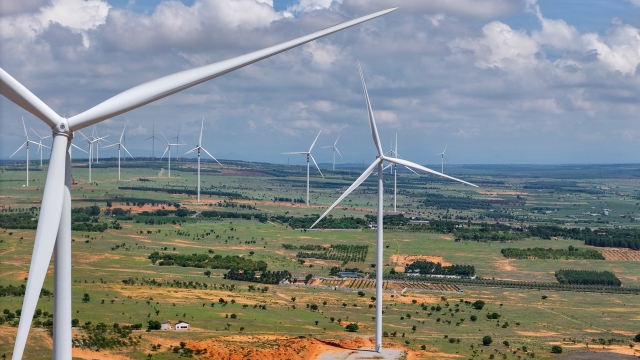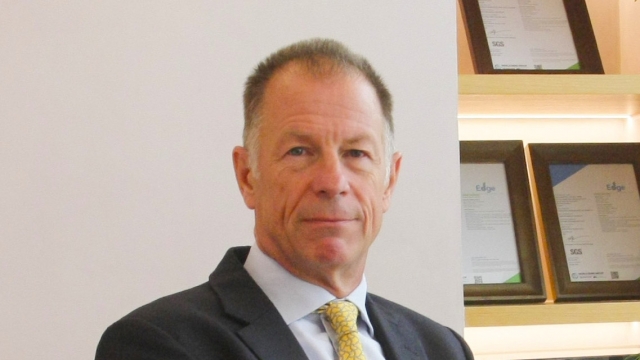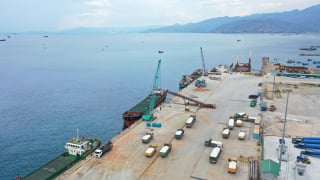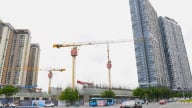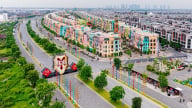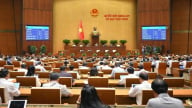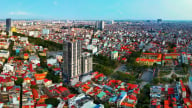Leader Talk
Two scenarios for Vietnam’s economy after the fourth Covid-19 wave
HSBC’s forecast for the country's GDP growth this year has been amended to 5.1 per cent, reflecting the severe impact of the latest Covid-19 outbreak.
Two scenarios for economic growth 2021
Tim Evans, CEO of HSBC Vietnam, stated that the only way to come out of this situation is through active vaccination, and ensuring that the medical professionals have the resources to handle those who are most adversely impacted from a health perspective by the virus.
After a faltering start, Vietnam has been able to obtain significant volumes of vaccines despite supply constraints impacting the world as production struggles to keep up with demand.
The authorities are already talking about a gradual opening up of the economy and this will start to gather pace from October onwards. The economic outlook by year end very much depends on the effectiveness of the vaccination rollout together with the effective and timely re-opening of the economy.

He considers two scenarios for Vietnam’s economy until year end.
Firstly, GDP growth in the range of 5 – 5.5 per cent, depending on the speed and effectiveness of the vaccination rollout, the re-opening of the economy and the recovery and resumption of major export markets given the challenges posed by Delta variant.
Secondly, if the vaccination programme is not fast enough and lockdown and social distancing continue to be lengthened, there will be more adverse impact to the economy and there will be increased pressure on supply chains and GDP may only reach 3.5 – 4 per cent.
“Either scenario, the economy needs to be re-opened, though in a cautious and systematic way,” affirmed he. As in other markets, there tends to be a strong bounce back in economic activity at the time of reopening and a similar outcome is anticipated in Vietnam.
Consumption will bounce back sharply once the current Covid-19 wave subsides.
In addition, the State Bank of Vietnam (SBV) has introduced reforms lately to help support the economy. It has increased credit growth for some commercial banks from an earlier 10 – 12 per cent to 14 – 15 per cent for this year, and hopefully consideration may be given for a further increase to support the corporate sector. This will help banks to lend additional loans that can help to counter the slowdown as lockdowns and social distancing have drained corporate cashflows.
The central bank has also advised that the lending interest rates for business and people hit hard by the pandemic should be lowered. In response, 16 commercial banks have reduced interest rates on existing loans which should help corporates with their cash flows.
Bullish outlook for the mid and long term
As the economy starts to reopen, supply chain challenges should subside, orders will resume and FDI should resume its cadence given stable government with consistent policies, hardworking/resilient workforce, large number of free trade agreements and a commitment from the government to spend seven per cent of GDP on continuing to develop infrastructure.
“Despite the current environment, Vietnam remains a highly attractive investment destination in the medium term. This is based on the country’s robust fundamentals which many investors will look through the present Covid-19 volatilities,” Tim Evans said.
As more economies start to open up in the region on the back of large scale vaccine rollout, this coupled with the ongoing demand from the Europe and North America should see positive impact on the exports of technology related products, machinery, footwear, garments, furniture, food and agricultural products.
The pandemic has accelerated the trends of automation and digitalization and therefore, Vietnam stands to benefit from this as a significant global producer of tech related products.
Vietnam’s strong fundamentals remain, and the country has built an enviable position in the global supply chain over the past years through its set of FTAs. Strong foreign currency reserves coupled with a stable currency, inflation being under-control, continued strong FDI inflows with an emphasis on the manufacturing sector all position Vietnam will for the future.
As a result, HSBC is forecasting GDP growth of 6.8 per cent in 2022 with a bullish outlook for the mid and long term.
“There will be opportunities, there will be economic growth, Vietnam will bounce back and once again prove that when it comes to overcoming a challenge or obstacle, no one does it better than Vietnam,” he emphasized.
Three high risks to Vietnam’s economic outlook
When organic becomes an inspiring wellbeing lifestyle
For Tyna Huynh, co-founder of Drinkizz, organic is not just a food choice but a way of life that fosters a deep connection between people, nature and community.
Garment factories embracing respectful workplaces
Embracing respectful workplaces could very well be the key to unlocking a more prosperous future for Vietnam's garment industry.
Vietnamese corporates in new era: The reborn dragon
Vietnamese businesses have had a long journey with great achievements, and this path will continue and blossom in years to come.
The future of jobs in AI era
While some jobs are expected to be replaced by emerging AI applications, the technology is broadly seen as a catalyst for positive transformation in the workforce.
Financing Southeast Asia’s energy transition
The energy transition is bringing forth new challenges, particularly in refining financial systems.
Few countries are better placed than Vietnam for consistent robust growth
Alex Hambly talks about investment opportunities in Vietnam following his appointment as chief investment officer (CIO) of VinaCapital.















